Days after “Thunderbolts*” hit the big screen, Disney CEO Bob Iger was feeling celebratory. He publicly touted the comic book adventure as the “first and best” example of Marvel’s new movie strategy, referring to the film’s positive reception from audiences and critics. And what a relief, following a bumpy few years and a string of poorly reviewed misfires in the franchise.
Six weeks later, “Thunderbolts*” has cratered at the box office. With $371 million globally, it’s one of the lowest-grossing installments in all of Disney’s Marvel Cinematic Universe. If this is the second coming of Marvel, the superhero empire might need another reboot.
“Marvel’s calculus has changed,” says Shawn Robbins, Fandango’s movie analytics director. “We’re in a new era where not every Marvel movie is going to hit $1 billion.”
Since the MCU’s inception with 2008’s “Iron Man,” Marvel has been Hollywood’s most consistent hit maker. It’s also the highest-grossing film franchise in history, with $31 billion across 36 films. A billion dollars per movie shouldn’t be a barometer for success. But before COVID scrambled things, even less-beloved installments were guaranteed a certain level of box office. Pre-pandemic, 19 out of its 22 films at least cracked $500 million globally. Since then, the once-Teflon brand has struggled with commercial consistency. Starting in 2020, just six out of 13 films have reached the half-billion benchmark.
At least February’s “Captain America: Brave New World” and 2023’s “The Marvels” and “Ant-Man and the Wasp: Quantumania” could blame their disastrous grosses on terrible reviews. “Thunderbolts*” had enthusiastic word-of-mouth but is yet to climb out of the red, suggesting there’s a new ceiling for superhero movies that aren’t based on marquee characters.
A diminished global marketplace and oversaturation of superhero stories on the big and small screen are partly responsible for the decline. Audiences’ habits and tastes also have shifted: This year’s biggest blockbusters have been kid-friendly films like “A Minecraft Movie” and “Lilo & Stitch” or original fare such as “Sinners.”
“These lower-tier comic book movies aren’t cinematic slam dunks anymore,” says Exhibitor Relations analyst Jeff Bock. “‘Thunderbolts*’ wrapping up after just a month in theaters is also a concern. These films aren’t legging out like previous iterations.”
Love Film & TV?
Get your daily dose of everything happening in music, film and TV in Australia and abroad.
It’s coming at an inflection point for the MCU. After inundating viewers with complex, interconnected stories across film and television, Marvel is intentionally slowing down to focus on quality over quantity. Is there an incentive to back stand-alone stories that are no longer safe bets? Or will the studio only greenlight sure things, à la the Avengers or Spider-Man?
After July’s “The Fantastic Four: First Steps,” another cinematic introduction of sorts, Marvel seems to be embracing a go-big-or-go-home mentality. The upcoming calendar is populated only by heavy hitters with hefty budgets: “Avengers: Doomsday” and “Spider-Man 4” in 2026 and “Avengers: Secret Wars” in 2027. An untitled film is set for July 2027, and “X-Men” and “Black Panther” movies are in the works. But other projects that focus on one character, like “Blade,” have been stuck in protracted limbo.
What’s been working for the MCU is major team-ups like 2021’s “Spider-Man: No Way Home” ($1.9 billion) and 2024’s “Deadpool & Wolverine” ($1.33 billion), or sequels to series-within-a-series such as “Doctor Strange in the Multiverse of Madness” ($955 million), “Thor: Love and Thunder” ($760 million), “Guardians of the Galaxy Vol. 3” ($845 million) and “Black Panther: Wakanda Forever” ($859 million).
Marvel used to thrive on the unfamiliar. When Kevin Feige was assembling a cinematic universe in the early aughts, X-Men and Spider-Man, Marvel’s best-known characters, had been licensed to other studios. Yet he created an enormously popular property by introducing Iron Man and Thor in stand-alone adventures and then bringing them together for “The Avengers.” Those victories emboldened Feige to place bets on dicier comic book propositions such as “Guardians of the Galaxy,” which paid off spectacularly and expanded the franchise. But after too many confusing spinoffs and lackluster sequels, audiences seem less invested in new additions to Earth’s Mightiest Heroes.
Robert Downey Jr. can’t return each time the MCU lands in dire straits. (He’ll be back as the villainous Doctor Doom in “Avengers: Doomsday.”) If the studio wants to replenish the well with new vigilantes, it needs to spend less on origin stories. But belt tightening is getting harder as the cost of everything — from actors’ pay to visual effects to catering — has drastically risen. And turning these movies into can’t-miss events requires huge promotional dollars for globe-trotting press tours and premieres.
Marvel reined in spending on “Thunderbolts*,” aware that its characters hailed from the pandemic-hobbled “Black Widow” and underseen Disney+ series. Typically, the studio’s tentpoles cost $200 million to $250 million to produce and another $120 million to $140 million to market. “Thunderbolts” was slightly cheaper, costing $180 million to make and closer to $100 million to market.
“Studios are working hard to bring the high-end budgets down,” says David A. Gross, an analyst with Franchise Entertainment Research. “We’re going to see less over-spending than the years after the pandemic.”
Still, “Thunderbolts*” needed to make $425 million worldwide to break even, a figure that seems unachievable. Marvel is unique because it isn’t as encumbered as rivals by the profits or losses of single films. The company can recoup some costs through Disney+ and other home entertainment markets, to say nothing of the massive revenue streams from merchandising, theme parks and cruises.
And every film between “Avengers” installments can be viewed as a marketing tool. Case in point: Disney revealed the motley crew of reformed baddies in “Thunderbolts*” will return in “Avengers: Doomsday.” If audiences missed that chapter, they can always catch up on Disney+.































